There’s an ugly truth we need to swallow: food doesn’t taste as good as it used to. And no, it’s not just because we’re older or more cynical—something fundamental has changed in how we experience food. The culprit? Our obsession with how food looks, not how it tastes. Does this shock you? It shouldn’t. After all, we live in an era where filters and photoshop reign supreme.
In this day and age a meal’s worth is determined by its Instagrammability. Plates are perfectly staged, shots meticulously framed, lighting optimized, and filters slapped on with precision to make that avocado toast look like it just stepped off the runway. But here’s the kicker—when you finally take a bite, it’s a letdown. That picture-perfect meal is as bland as the #blessed caption under it. Welcome to the world of eating with your eyes, where the art of food has shifted from flavor to photography, leaving our taste buds in the dust.
Let’s be real—long before Instagram had us snapping food pics, advertising execs were already perfecting the art of making food look way better than it actually tastes. I mean, how many times have you found yourself craving a Whopper just because you saw some mouthwatering ad hyping up that burger?
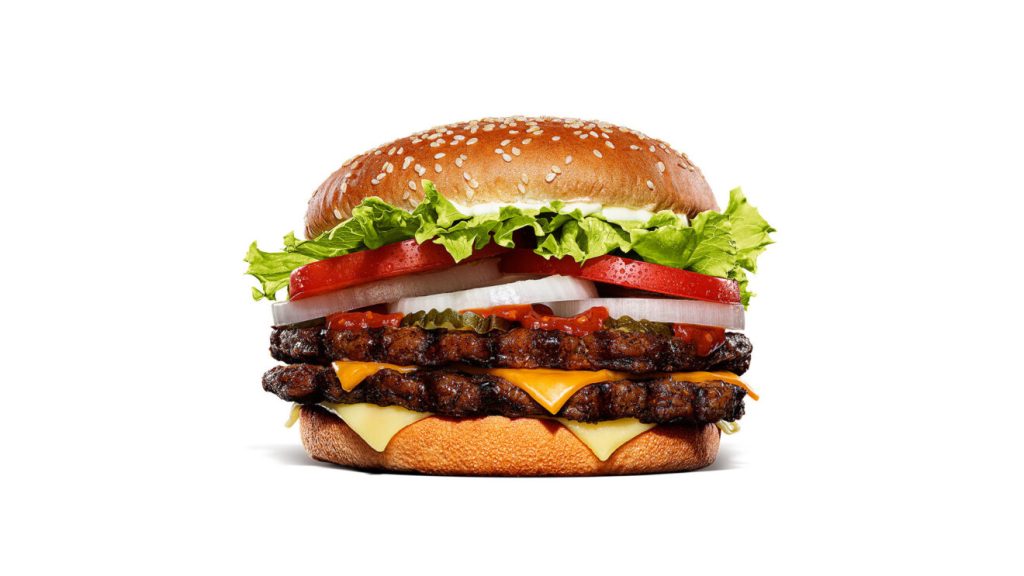
Only to eagerly unwrap your so-called treasure, only to be met with this sad, deflated reality:
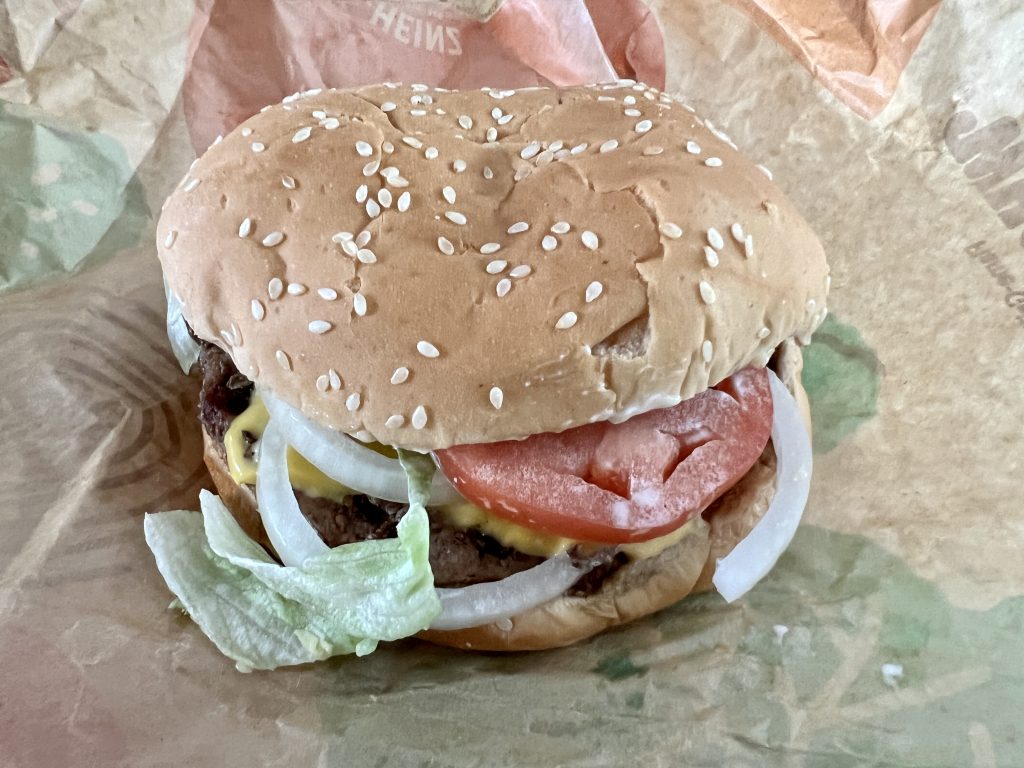
Womp, womp, right?
Well, all of this started back in the 1950s and 60s, when food photography for magazine ads and TV commercials was a serious production. Burgers weren’t just cooked and placed on a bun; they were airbrushed, sprayed with glycerin, and propped up with toothpicks. Pancakes were stacked high but never cooked—those golden, fluffy stacks you drooled over were usually made of cardboard, slathered with motor oil instead of syrup, because real syrup would soak in and ruin the look. It was “real life” photoshop.
Food Advertising Tricks:
- Glycerin for a fresh, dewy look: Think those burgers look juicy? Nope. That’s glycerin to keep them from drying out.
- Paint and dye: Strawberries that pop on camera have often been injected with food dye, and meats are painted to look perfectly seared.
- Non-edible props: Those cereal ads where the flakes float on top of the milk? It’s not milk, it’s glue.
Ready to be blown away? Take a look at these jaw-dropping food ad secrets and ask yourself—have you been living in a food coma?
Many media outlets and social media activists have exposed these behind-the-scenes tricks, reminding us that what we see isn’t always what we get. The truth is, we’ve been conditioned for decades to expect food to look perfect, even though perfection often means it’s inedible.
Slime makes for a perfect cheese pull—but eat it, and you’ll be spending the night in the ER.
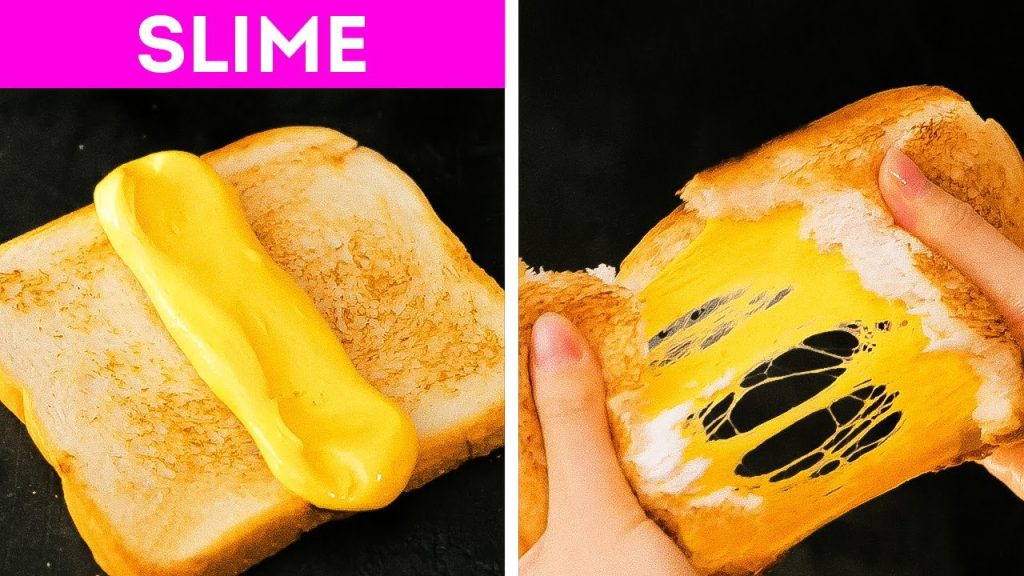
But there’s plenty more where that came from. These food tricks will show you just how many lies you’ve already eaten.
But it’s not just advertising tricks that make us see and taste food differently. Restaurants have their own hacks and secret techniques, too. And while some of these might seem like smoke and mirrors, they’re actually designed to enhance your dining experience. In fact, some of these tricks are so clever that you can even recreate them at home, elevating your kitchen game to pro levels. From perfect plating to flavor-boosting techniques, restaurant hacks aren’t just about making food look good—they can actually make it taste better and enrich the way you cook and eat. It’s food porn you can feel good about, for once.
Fast forward to the modern grocery store, where this trickery hasn’t disappeared. The apples gleam like wax figures (because they are waxed), and that pre-sliced watermelon is brighter than nature intended, thanks to the added food dye.
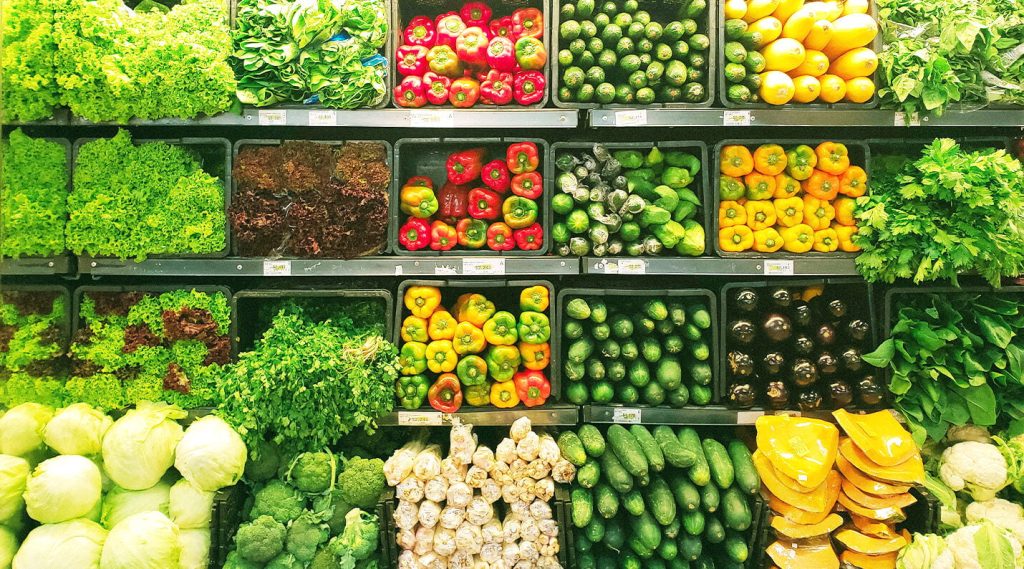
The FDA approves color additives to make produce look more appealing, but we’re still fooled into believing the best-looking food is also the tastiest.
Today’s supermarket is a fun house of hues. Its aisles feature riotously colored processed foods perfectly engineered to appeal to the part of your brain that says “yum”: Technicolor Starburst candy. Polychromatic Froot Loops. A rainbow of flavored juices.
Those hyper-saturated colors have come to seem normal, even natural, like the come-ons of tropical fruits. But they are increasingly produced through the magic of artificial food dyes, applied not just to candies and snack foods but to such seemingly all-natural products as pickles, salad dressing and some oranges.
Artificial dyes aren’t just making your Yoplait Light Red Raspberry yogurt blush and your Kraft Macaroni and Cheese glow in the dark. They are causing behavioral problems and disrupting children’s attention, according to a growing number of scientific studies. On Wednesday, following the lead of European regulators, a Food and Drug Administration advisory committee will begin a review of research on the behavioral effects of artificial dyes. In a significant turn from the agency’s previous denials that dyes have any influence on children’s behavior, an FDA staff report released last week concluded that synthetic food colorings do affect some children.
The agency should take action. Allowing the use of artificial dyes violates the FDA’s mandate to protect consumers from unsafe products. It also runs afoul of the agency’s mandate to crack down on food that has been made “to appear better or of greater value than it is.”
Concern about food dye is long-standing. In the 1800s, American food manufacturers began doctoring their wares with toxic pigments made from lead and copper. In the second half of that century, a revolution in organic chemistry brought artificial dyes made from coal tar — a relative advance over lead.
At the turn of the 20th century, margarine producers were making the most of the technology: They added new yellow dyes to their colorless product to better compete with butter. But the dairy industry lobbied for bans and taxes on colored margarine, and state legislatures and Congress obliged. Consumers who wanted their margarine yellow could open a separate packet of dye and mix it in themselves.
In 1906, Congress took up the question of whether artificial dyes were bad for consumers, with the first of several major acts. The most recent and stringent of them, passed in 1960, banned color additives that caused cancer in humans or animals. But the fate of one such additive, Red 3, illustrates how even strong legislation can be thwarted.
The bottom line is that consumers are unknowingly consuming questionable chemicals, all in the name of making food more visually appealing so it sells more, and makes the big food corporations more money. It’s time we focus on healthier, more transparent food practices that benefit both people and the planet.
But that’s easier said than done in the digital age of food porn. Food photography has become its own art form, with social media as its canvas. Influencers, restaurants, and home cooks alike are vying for the most aesthetically pleasing shot—more so than the most delicious meal. And it’s not just about showing off; there’s an entire psychological game at play here.
Studies in Psychology Today show that we’re wired to be more satisfied by food that looks good, regardless of how it actually tastes. We form higher expectations when we see a beautiful dish, and when it doesn’t meet those expectations, we feel let down. Think about the last time you ordered a beautifully plated dish at some trendy restaurant. You admired it, snapped a few photos, and then took a bite—only to be completely underwhelmed. It’s no accident. We’re turning meals into works of art rather than, well, actual food.
Back in the day, “peasant food” wasn’t about looks—it was about taste, substance, and getting the job done. Meals were hearty, filling, and meant to fuel you for a long, hard day of work. Fast forward to today, and we’re living in a society where sloth and self indulgence have taken over. Now, it’s not enough for food to taste good—it has to look like art and tease every sense just to give us a so-called “experience.” We’ve gone from eating to live to living for the aesthetic.
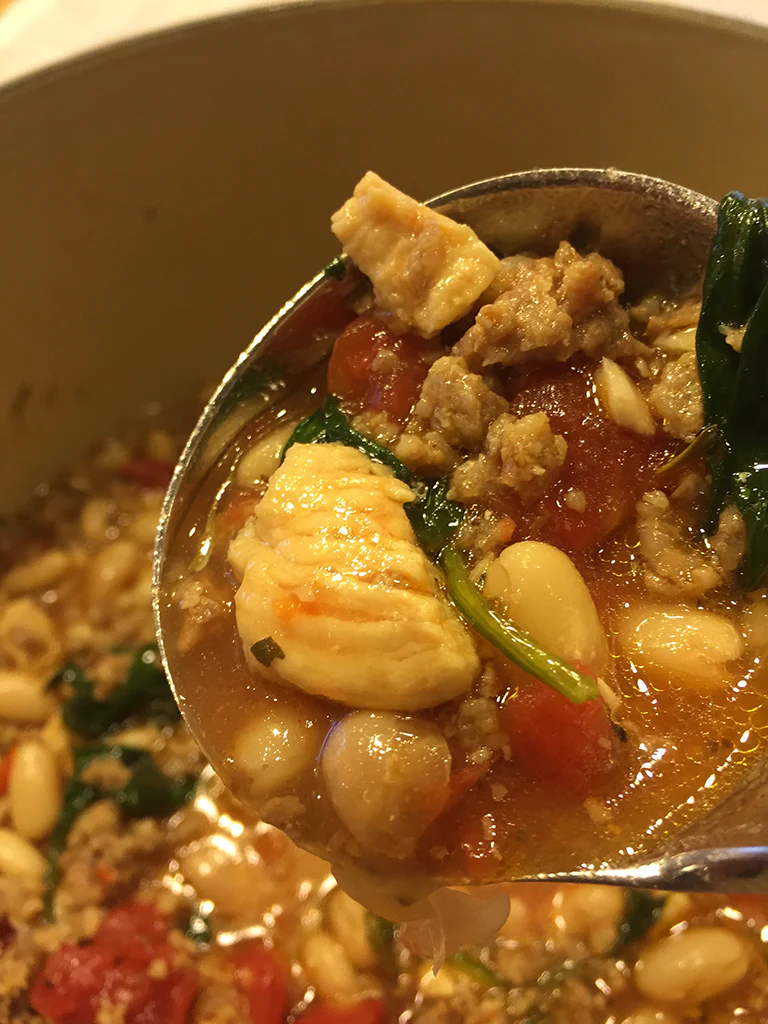
These days, the food staging industry has moved from the glossy pages of magazines to our daily Instagram and Facebook feeds. Photographers know how to make food pop with the right lighting and angles, but here’s where it gets interesting: people are now Photoshopping their meals like Kardashian selfies. That flawless burger you saw on Instagram? Likely retouched to perfection. Filters smooth out the rough edges, exaggerate the colors, and turn a simple dinner into a visual masterpiece that reality can never live up to.
It’s all about making your followers believe you’re living the high life—because you’re the one indulging in this gorgeous meal they can only dream of.
And it’s working, because there’s a reason your brain gets tricked by a beautifully staged plate.
Psychologically, we associate visually appealing food with higher quality. When something looks fresh, vibrant, and meticulously prepared, we expect the taste to follow suit. But here’s where the disconnect happens: taste is a sensory experience that isn’t always reflected by looks. Just like how that overly filtered selfie on Tinder rarely matches the person you meet IRL, food can be visually deceiving.
In a study published on PubMed, researchers found that people consistently rate food as tasting better when it’s presented attractively, even when the taste hasn’t changed.
Our minds want the look and taste to align, but reality can’t always live up to that perfectly plated promise. The focus on looks has grown so pervasive that we now have food influencers whose entire careers revolve around making food look good, even if the flavor isn’t their top priority.
This “food porn” trend is growing fast, and it’s creeping into so many aspects of our lives. It wasn’t always this way, or at least not this over-the-top. Take a nostalgic trip back to 1970s food advertising, and you’ll notice something right away: abundance. Food wasn’t perfect, but it was bountiful, rich, and homey.
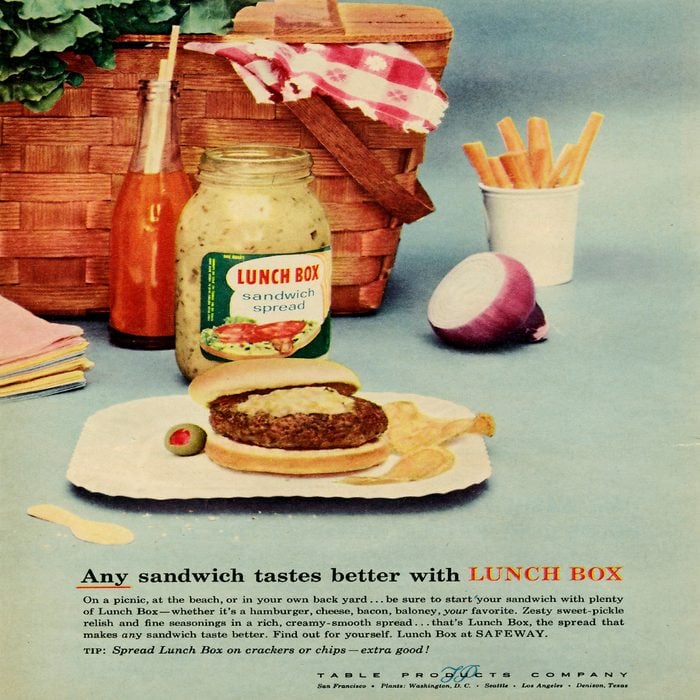
Think overflowing platters of mashed potatoes, piles of golden-brown fried chicken, and towering jello molds in all their gelatinous glory. These ads weren’t about perfection—they were about comfort, indulgence, and family.
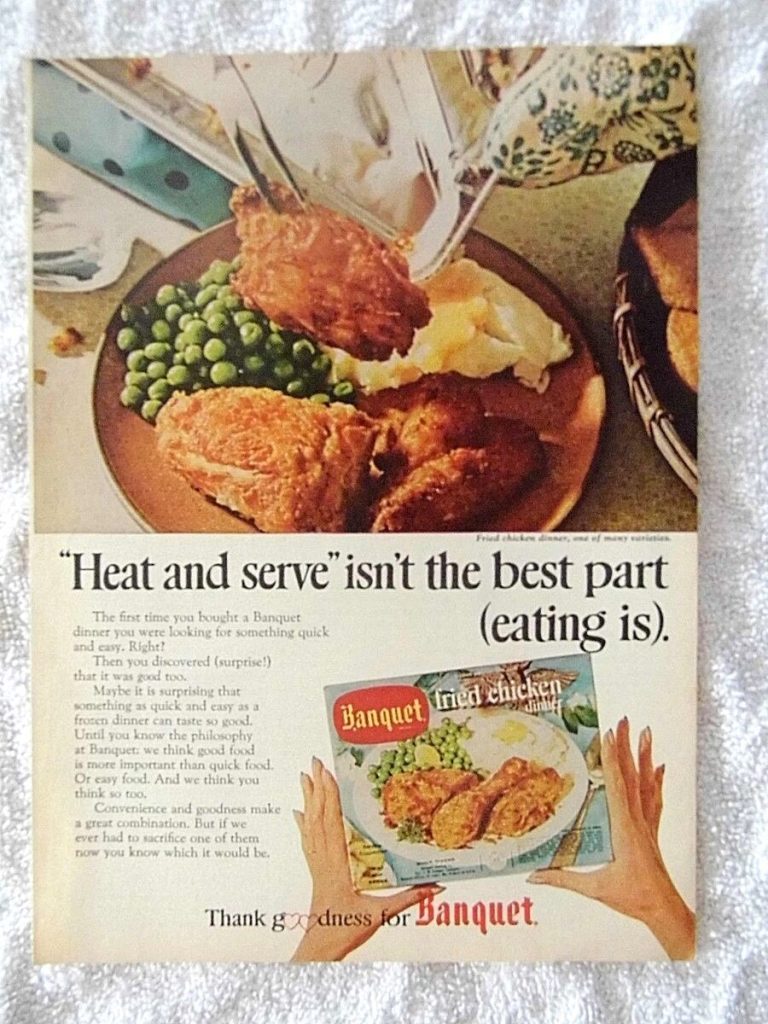
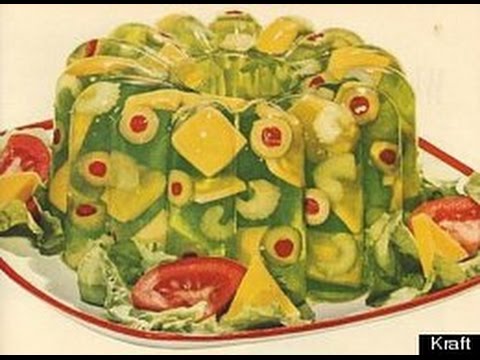
Compare that to today’s ads, where everything is sleek, minimalist, and hyper-focused. One perfect avocado slice perched atop a flawless piece of toast, or a single sashimi roll balanced with precision on a plate.
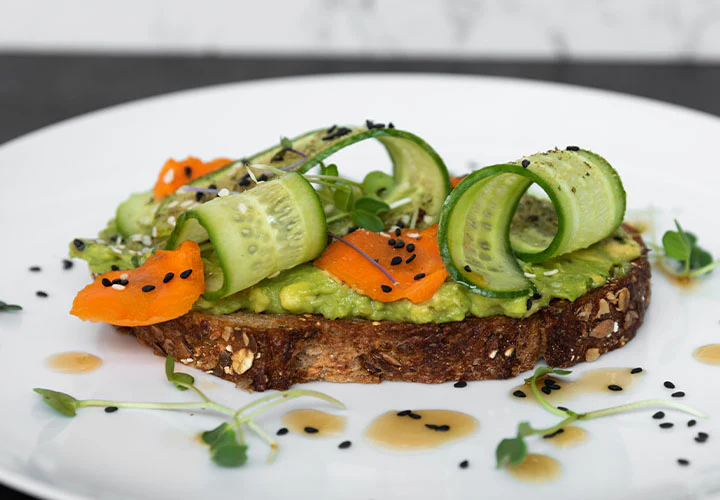
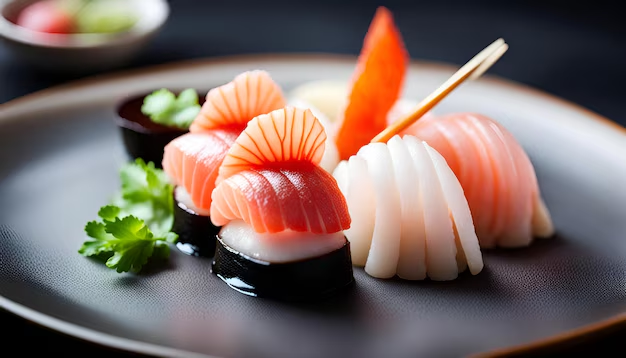
The messaging has shifted dramatically. In the past, food was a shared experience—something to be enjoyed in large quantities with loved ones. Today, it’s an aesthetic one, designed to be admired, captured, and posted before a single bite is taken.
Our relationship with food advertising has transformed from comfort to aesthetic perfection.
But here’s the reality check we all need: food isn’t supposed to be flawless. That avocado toast isn’t a runway model. It’s your breakfast. It’s not meant to be filtered, Photoshopped, or airbrushed into perfection. The best meals are messy, imperfect, and sometimes downright ugly—but that’s where the real flavor lives. We’re so busy chasing after the perfect shot that we’ve forgotten the joy of digging into a dish that may not win any beauty contests but delivers in taste, heart, and warmth.
Maybe it’s time we stop eating with our eyes and start appreciating food for what it’s meant to do—nourish, connect, and remind us that the best things in life aren’t perfect, but damn, they’re good. The next time you’re tempted to snap that picture, pause. Take a bite first. Savor the imperfections, the flavors, and the moments that no camera can capture.
In a world obsessed with perfection, let’s make a toast to reality. The best meals aren’t staged—they’re shared, savored, and remembered for the experience they bring, not the pictures they inspire. Food isn’t just about how it looks—it’s about how it makes you feel, how it nourishes, and how it brings people together. So here’s to embracing the messy, the flawed, and the delicious. Because in the end, food should feed your soul, not your Instagram feed.
Bon Appétit!
Till next time, be wickedly wonderful.

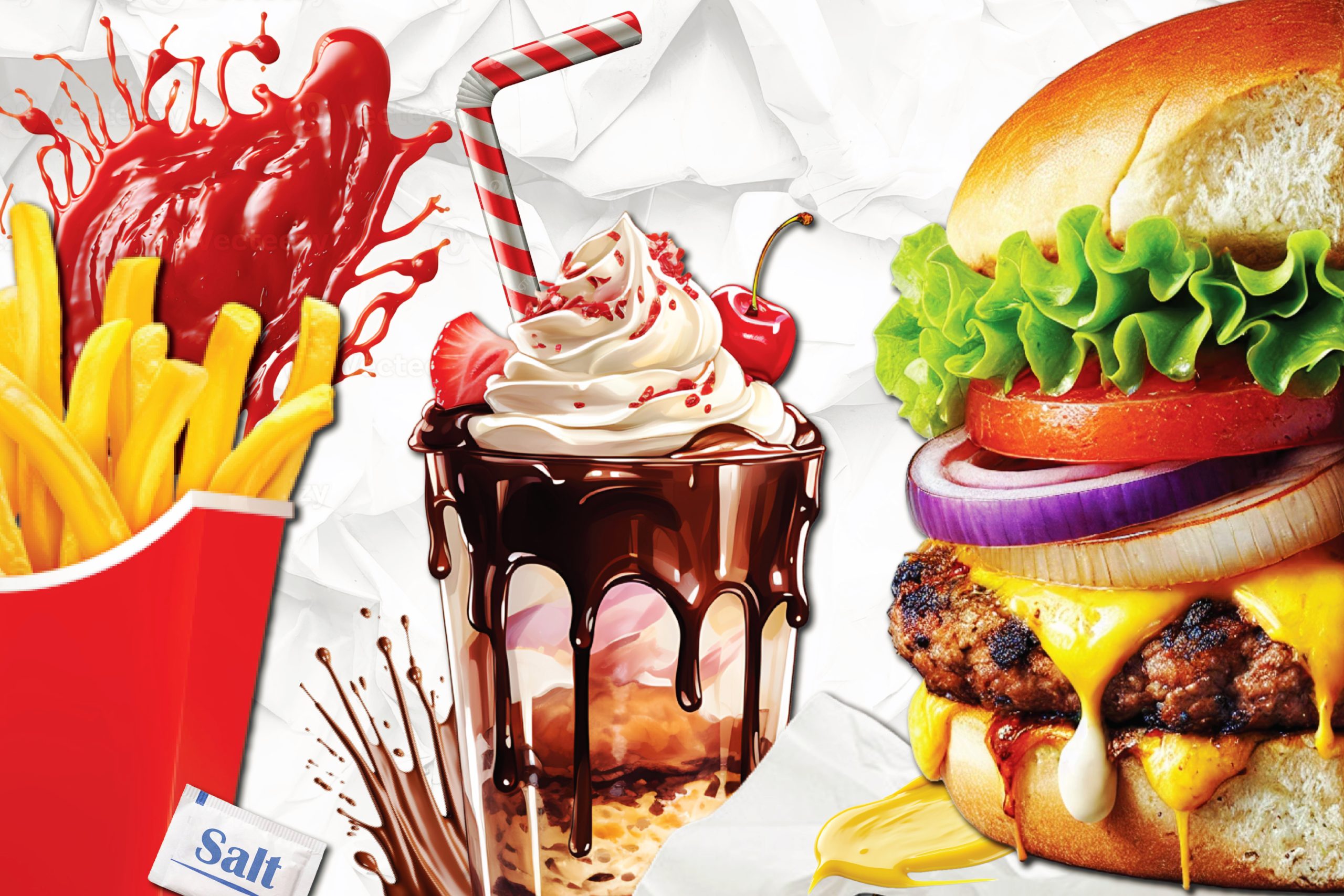


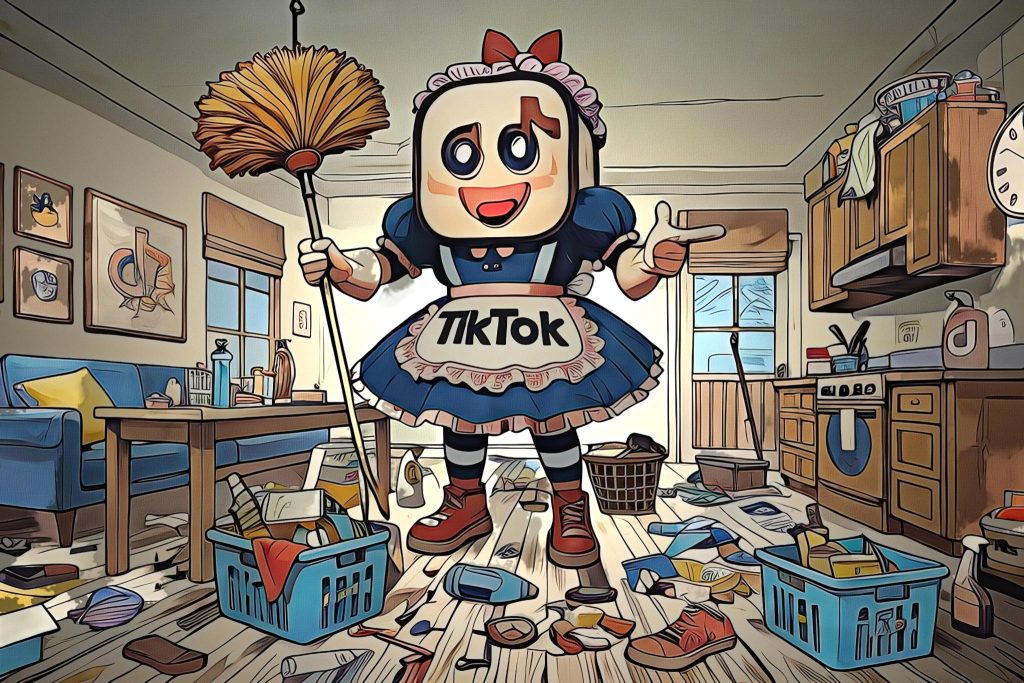
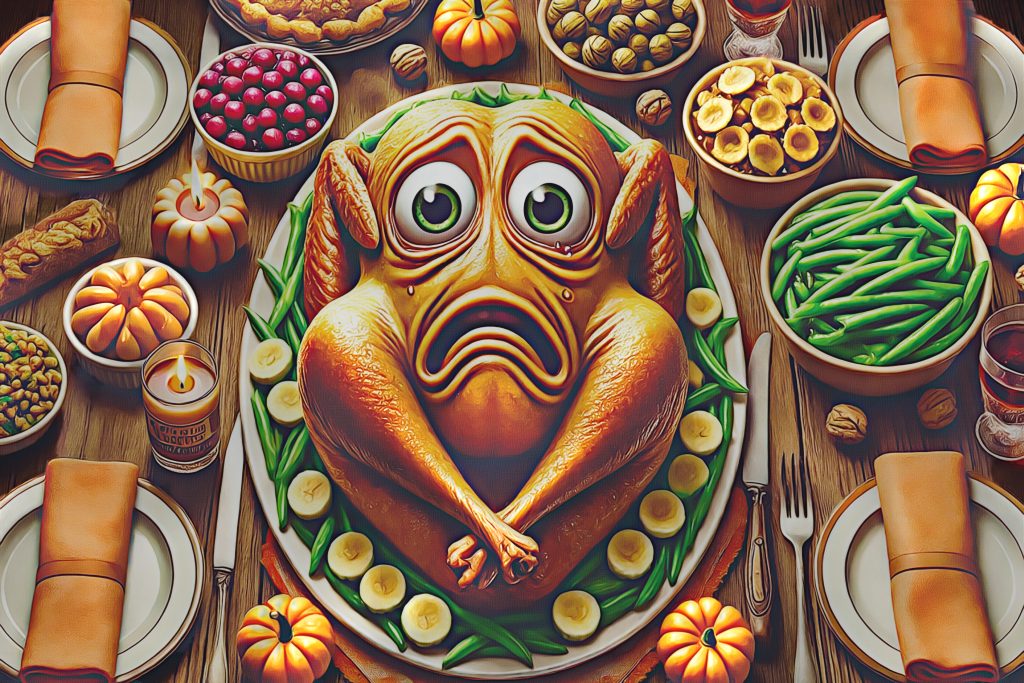

This just underlines what most of us who have been around a while have known for decades.
It’s not much of a revelation that companies want their products to look appealing to potential customers. And by now, most people know that “what you see is not necessarily going to be what you get”.
If it wasn’t food from 150 years ago, don’t eat it.